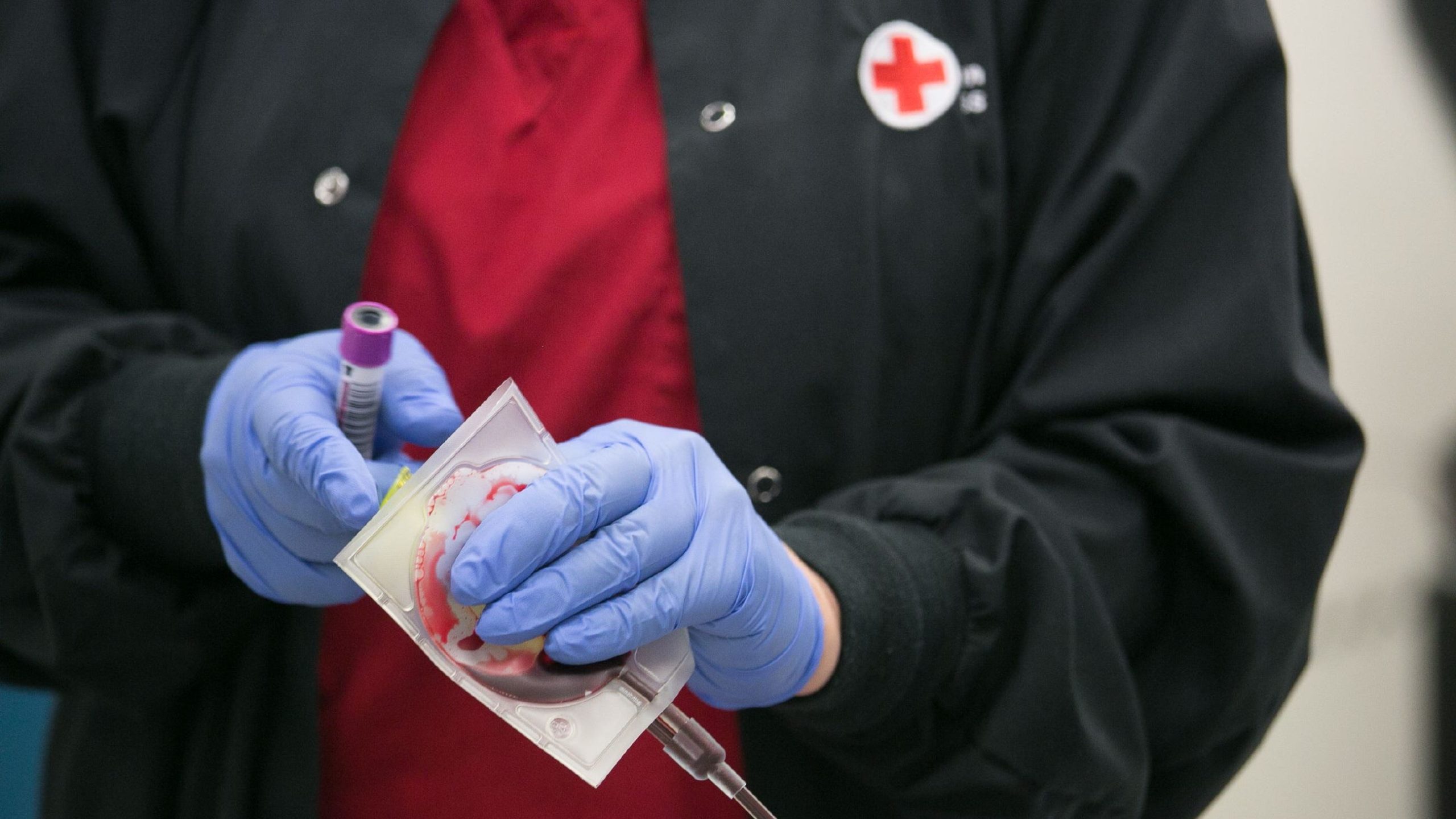Blood
Plasma donation: A guide for everything you need to know before donating
On average, an adult has about 1.2 to 1.5 gallons – or 10 units – of blood in their body, according to the American Red Cross. This accounts for approximately 10% of a person’s weight. Now that’s a lot of blood.
Maybe you’ve donated blood in the past. But did you know there are several types of blood donations?
From whole blood to platelet donations, there are many ways for you to give back to your community with your blood. Plasma donations are one of the most important types since they are used for emergency and trauma patients.
Before you go in for your next appointment, here is what you need to know about plasma donations, including how to donate and how often can you donate plasma.
What is plasma?
Plasma is the liquid portion of your blood. Your blood is made of several components, including:
- Plasma
- Red blood cells
- White blood cells
- Platelets
About 55% of your blood is composed of plasma. The remaining 45% consists of platelets and red and white blood cells, according to the Cleveland Clinic.
Plasma plays many roles in the human body. Among those include redistributing water, supporting blood vessels and regulating body temperature. Plasma is also responsible for helping your circulation and blood pressure, as well as fighting infections and clotting blood.
When it is donated, plasma is utilized to treat emergencies, such as for trauma, burn or cancer patients, according to the American Red Cross. Plasma can be used during surgeries, if someone has a clotting disorder and/or to replace plasma lost in instances of severe bleeding.
How to donate plasma
For plasma donations, the ideal blood types are AB positive and AB negative.
Type AB plasma is “the only universal type and can be given to patients of any blood type,” according to the American Red Cross. However, just 4% of the population has this blood type.
During this donation, plasma is separated from the other parts of your blood. Once your plasma is collected, your red blood cells and platelets are given back.
How often can you donate plasma?
For plasma donations, you can donate up to 13 times a year. You must wait 28 days between each donation.
How long does it take to donate plasma?
A plasma donation takes one hour and 15 minutes. In comparison to a whole blood donation, it is 15 minutes longer.
Just Curious for more? We’ve got you covered
USA TODAY is exploring the questions you and others ask every day. From “How often can you donate blood?” to “What is the most common blood type?” to “What is the rarest blood type?”, we’re striving to find answers to the most common questions you ask every day. Head to our Just Curious section to see what else we can answer for you.

